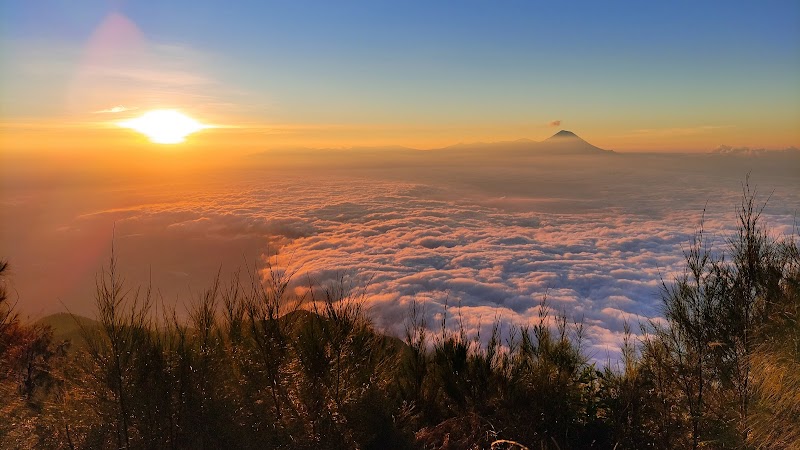
Mount Arjuno-Welirang National Park Adventures
Mount Arjuno-Welirang National Park is a volcanic mountain park offering exceptional opportunities for hiking, wildlife viewing, and exploring diverse tropical ecosystems within East Java's highlands.
About Mount Arjuno-Welirang National Park

Mount Arjuno-Welirang National Park spans a volcanic complex comprising two prominent stratovolcanoes: Mount Arjuno and Mount Welirang. Covering a significant area in East Java, Indonesia, the park features rugged volcanic landscapes, dense montane forests, and fertile volcanic soils that support diverse flora and fauna. The park's elevation ranges from lowland tropical forests to alpine zones near the peaks, creating varied ecological niches that shelter a range of bird species and small mammals. Historically, the volcanic activity of the Arjuno-Welirang complex has shaped the landscape, and sulfur deposits on Mount Welirang have cultural and economic significance. Visitor appeal includes challenging hikes to summits offering panoramic views of the surrounding region, volcanic solfataras with sulfur vents, and serene forested trails. The park is popular among backpackers and nature enthusiasts seeking a combination of volcanic adventure and rich biodiversity. Key landmarks include the crater rim of Mount Arjuno, sulfur vents of Welirang, and several scenic waterfalls in the foothills. The area's cultural importance and natural beauty make it a significant destination for both local and international visitors interested in Indonesia’s volcanic landscapes and tropical montane habitats.
Highlights
Summit hike to Mount Arjuno with panoramic views of East Java
Sulfur vents and fumaroles at Mount Welirang
Diverse montane forest ecosystems rich in endemic bird species
Waterfalls and natural springs scattered throughout the lower slopes
Notable Natural Features
Mount Arjuno Summit
The highest peak in the park at approximately 3,339 meters, offering extensive views of East Java and volcanic terrain.
Mount Welirang Sulfur Fields
Active fumaroles and sulfur vents that create a unique volcanic landscape and are a source of natural sulfur mining.
Montane Forest Ecosystem
Lush forest zones home to various endemic species of birds, orchids, and mammals.
